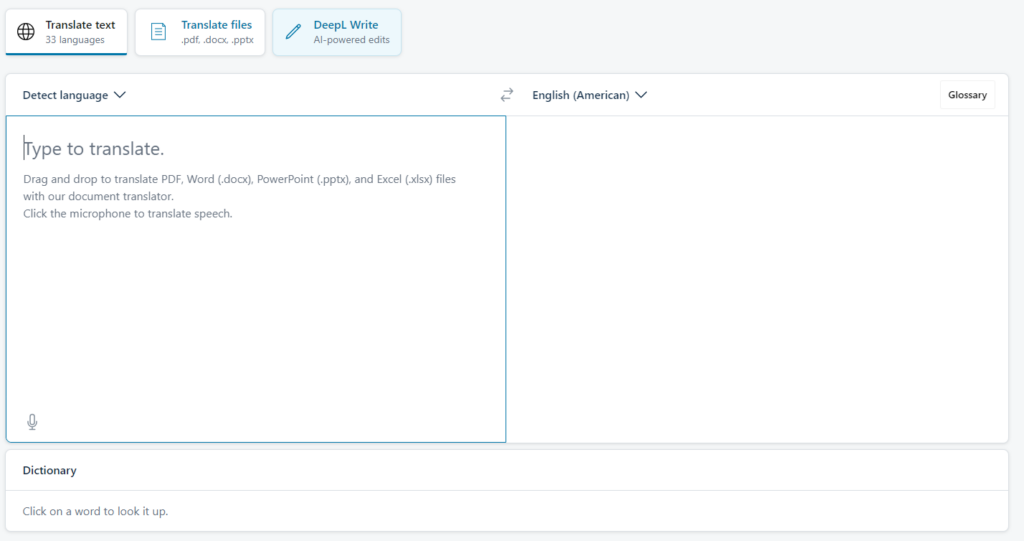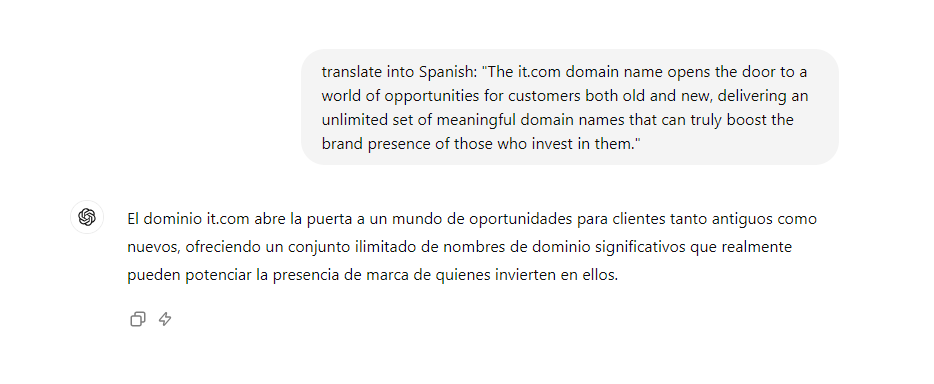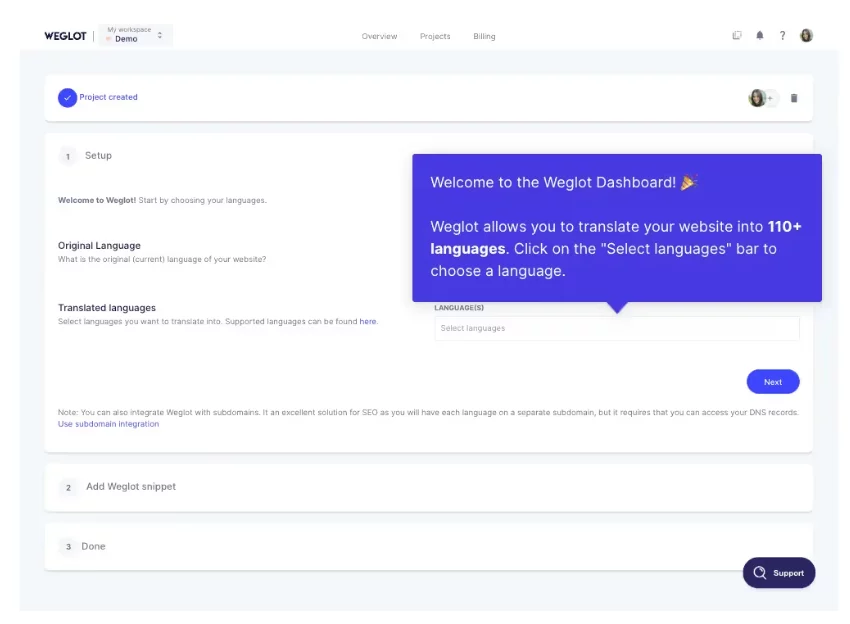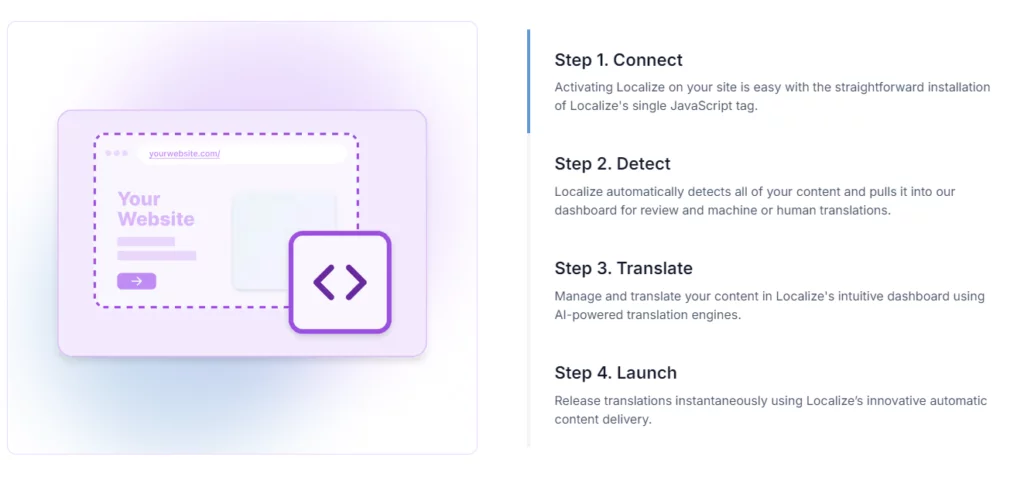5 Tools for Quality Translations of Your Website's Content
- by Ilona K.

Table of contents
When you are ready to expand your business internationally, ensuring that your website is accurately translated and culturally appropriate is key for growth. However, manual translation can be time-consuming, costly and prone to errors. How to translate your website at scale without breaking the bank?
Reaching an international audience can be a tricky task. Even if you have excellent content on your website, having it in one language only cuts you off potential customers. And this is where quality translations come into play.
You can approach translations of your website’s content - interface elements, product descriptions, FAQs, blog articles, etc. - in three ways:
- Engage a professional translator or an agency, which ensures capturing cultural nuances - but can be costly, time-consuming and prone to human error.
- Use automated translation tools, which is often quicker and cheaper - but can miss a mark on the cultural specifics and errors.
- Opt in for a hybrid approach, when the bulk translations are completed automatically, but a native speaker validates the relevancy.
Our recommendation would be using the last option, as it ensures you get the best of both worlds, but don’t compromise on the speed of your international expansion.
A variety of tools, many powered by AI, can streamline the process and deliver high-quality results, leaving only minor fixes to a human touch. We all know Google Translate - but what are the other options for machine translations out there?
5 Translation Tools for Web Content
DeepL Translator
DeepL Translator has gained a reputation for producing human-like translations. Leveraging advanced neural networks, this tool supporting 33 languages excels at capturing nuances and context, making it a popular choice for both individuals and businesses.
Pros: has a user-friendly interface and option to set up your own glossary, and offers natural-sounding translations. Paid plans allow upload and translate files in .pdf, .docx, and .ppt formats.
Cons: occasional instances where the translations are done literally, and the free version has limitations on volume and features.
Cost: from free to $57.49 per user per month.

Reverso Context
Reverso Context is a great tool that provides translations based on real-world examples from websites, books, and news articles. This contextual approach can help ensure that translations are accurate and culturally appropriate in 26 languages.
Pros: offers a contextual understanding of translations, provides examples from real-world usage, can be helpful for finding the most natural-sounding translations, saves your history of translations, and allows translating files.
Cons: takes a bit longer than DeepL due to finding relevant examples, there is no free version beyond free trial
Cost: from $6.49 per month or $12 for 2,500 words, free trial available.

OpenAI's GPT-4
As one of the most advanced language models, GPT-4 is capable of producing highly accurate and nuanced AI translations across a wide range of languages and topics.
Pros: intuitive to use, offers high accuracy and fluency, can handle complex and technical content effectively, offers a wide range of customization options and API integrations.
Cons: can be expensive for large-scale usage, often takes long to translate large volumes of copy, requires careful prompt engineering to achieve optimal results.
Cost: from free, then depending on usage.

Weglot
Weglot is a language switching plugin for WordPress and other platforms. It allows you to easily add multiple languages to your website, making it accessible to a global audience.
Pros: supports 115+ languages, is easy to use and install, offers a variety of customization options, integrates seamlessly with popular CMS platforms which means direct translation of your content within the platforms instead of manually transferring the translations into CMS.
Cons: requires a registration to start and a paid subscription for professional use, may not be as advanced as some other options, especially for highly technical or specialized content.
Cost: from free to $769 a month.

Localize
Localize is a cloud-based localization platform that offers a comprehensive suite of tools for managing and scaling translation projects. It's designed to streamline the localization process for businesses of all sizes.
Pros: supports 75+ languages, offers translation management, content localization, and quality assurance, integrates with popular content management systems and development tools, provides a high level of customization and flexibility.
Cons: can be complex to set up and configure for beginners, may require a significant investment for large-scale projects.
Cost: from $50 a month

Choosing the Right Tool
Of course, the list above is not a complete one - there are a variety of tools ranging from the simple ones to large enterprise-grade solutions. When choosing a translation tool, consider some key factors:
- Resources: would someone in your team be transferring translated copy onto the website, or do you need a CMS integration? Do you have access to native speakers able to validate the machine translation, or would you need a hybrid turnkey solution?
- Volume of content to be translated and the languages required.
- Frequency and scale: would you need a one-off project, or a continuous one?
For the small one-off website translation projects, it might be enough to opt in for more manual solutions like DeepL or GPT-4, while the larger projects requiring CMS integration might need additional budget to use tools like Weglot or Localize.
More Tips for Quality Machine Translations
- Proofread and edit: always review your translated content carefully with a native speaker to ensure accuracy and clarity.
- Consider cultural nuances: be mindful of cultural differences that could affect the meaning or interpretation of your content.
- Focus on core elements: for critical content like navigational elements, your homepage, menu and footer, consider using a professional translator.
- Utilize translation memory: If you have a large volume of content to translate, using translation memory and glossaries can help ensure consistency.
- Experiment with different tools: try various machine translation tools to find the best fit for your needs (and even your industry.
On a lookout for more handy tools to drive growth online? Visit it.com Domains blog and follow us on social media.

Read also

Tips and Tricks
AI Appreciation Day: Top-10 Domain Names for AI Startups on it.com Domains
- 3 min read

